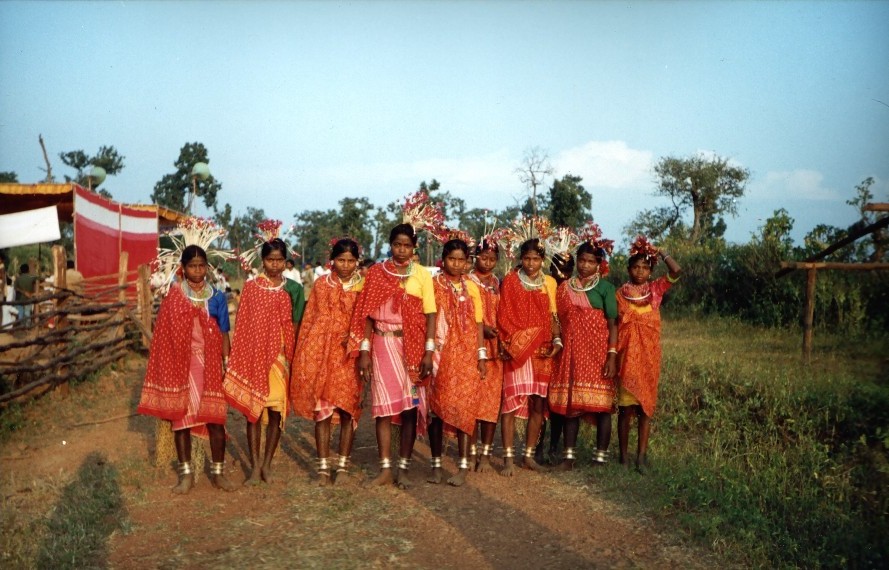Bhil Tribal Group
In early February 2025, the Pune rural police presented their findings to the National Commission for Scheduled Tribes (NCST) regarding a complaint from Bhil families against the Vasantdada Sugar Institute (VSI). The Bhils, an indigenous tribal group, claim that VSI is attempting to demolish their homes and displace them from land they have inhabited for generations. The land in question spans 200 acres, leased to VSI by the Maharashtra government. VSI’s Director General, Sambhaji Kadupatil, has denied these allegations.
Court Proceedings and Status Quo Order
A civil court granted a status quo order on July 8, 2024, acknowledging the Bhils’ claims and the potential risk of homelessness. The court noted the evidence presented by the Bhils, including photographs and documents, indicating their long-standing residence on the land. The next court hearing is scheduled for February 27, 2025.
Government and Police Involvement
The NCST has initiated an investigation into the matter. Reports from the Pune District Collector suggest that the Bhils may have encroached on VSI land. The Tehsildar’s report claims that the government has provided certain facilities to the Bhils but also indicates that their complaint might be unfounded.
Who are the Bhils?
- The Bhil community is one of the largest indigenous tribal groups in India.
- They mainly live in forested and hilly regions of western and central India.
- Bhils are found in Gujarat, Madhya Pradesh, Chhattisgarh, Maharashtra, Rajasthan, Bengal, and Tripura.
- Bhils speak Bhili, a language from the Indo-Aryan family, influenced by Gujarati, Marathi, and Rajasthani.
- They belong to a tribal group outside the Hindu caste system.
Historical Significance
- The word “Bhil” comes from the Dravidian word for “bow”, highlighting their ancient use of bows and arrows.
- Mentioned in the Mahabharata, Bhils ruled parts of Malwa and Central India before Rajput conquests.
Resistance Against Colonial Rule
- The British labeled Bhils a criminal tribe under the Criminal Tribes Act of 1871, leading to oppression and marginalization.
- The Bhils revolted against British taxation, forced labor, and cultural restrictions.
- Leaders like Govind Guru and Motilal Tejawat played key roles in their fight for rights.
Demographics and Social Status
- Bhils are the largest tribal group in India.
- They are recognized as a Scheduled Tribe (ST) in several states.
- They have different sub-groups like Bhil Garasia, Dholi Bhil, and Dungri Bhil in Rajasthan.
Culture and Traditions
- Bhils are known for Pithora paintings and Ghoomar dance.
- Their food primarily consists of maize, onion, garlic, and chili.
- Traditional Bhil society is led by a headman (Gameti), who resolves disputes.
Month: Current Affairs - February, 2025
Category: Legal & Constitution Current Affairs








